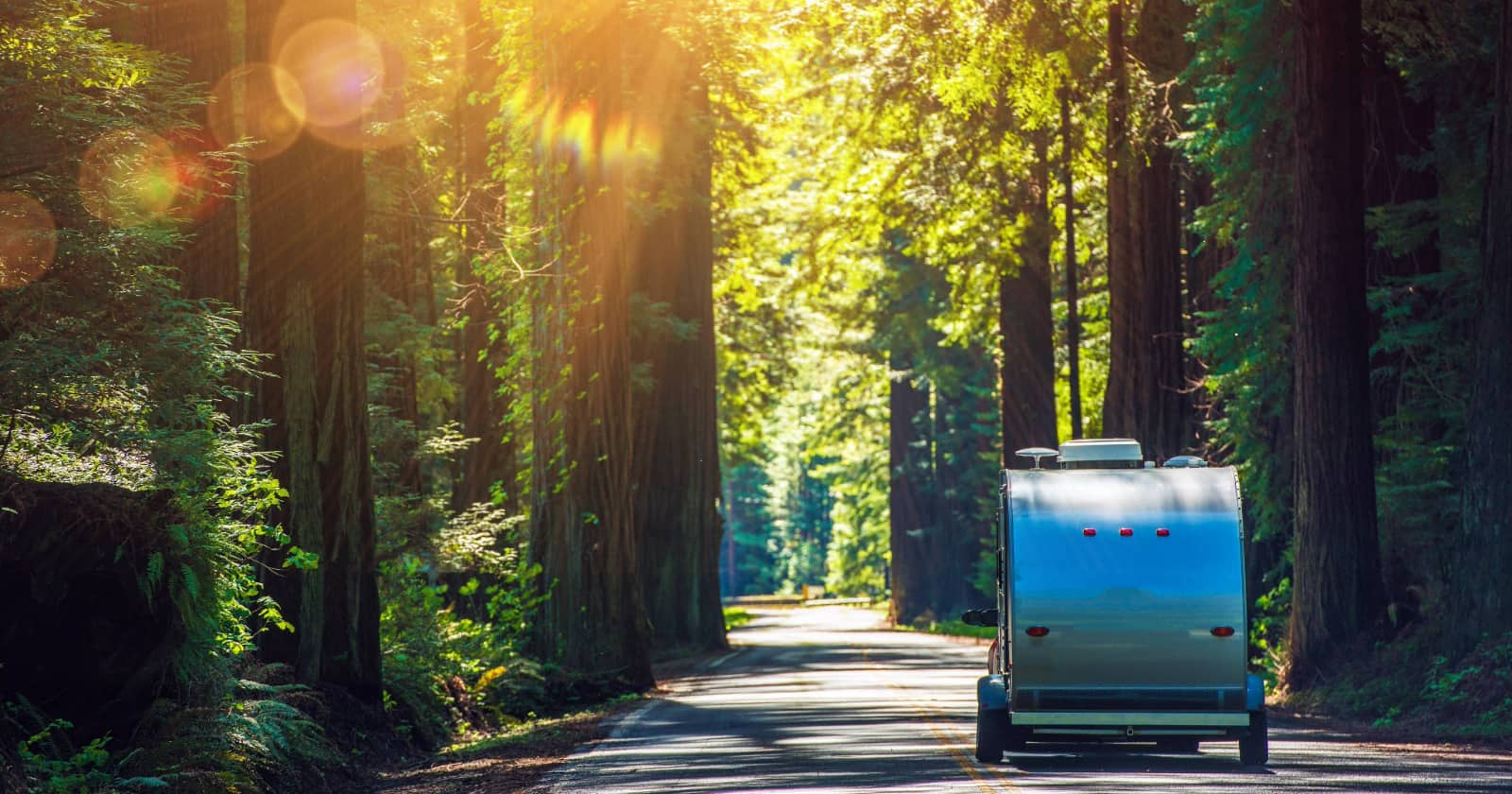So you’ve reached the south to spend the rest of your winter with your RV in the sun. All the planning and executing has finally paid off and you’re now in your happy place. You set up your camp spot along with your RV solar setup and now you finally get to sit back, kick up your feet and enjoy the view with a well-deserved beer or cocktail. (Go ahead and have a few, no one is judging here.)
With all the sun that the south has to offer, why would you ever have to worry about your RV solar panel not getting enough sun? Unfortunately, there are reasons why you may not be getting those solar amps that you were expecting down south and we can tell you why from personal experiences.
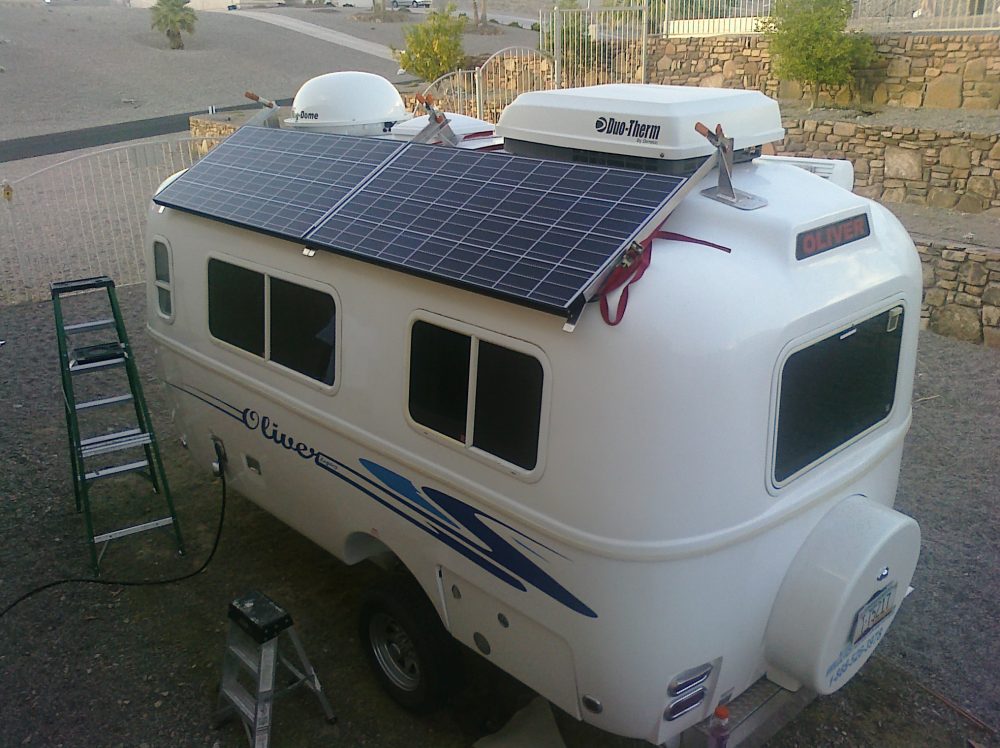
Test fitting of the #solar panels on our Oliver Travel Trailer by Andrew Fresh is licensed under CC BY 2.0
The sun in the winter months stays lower towards the horizon and never really gets directly above you. That means the angle of the sun on your panel is different.
It does get to your panel, but it may not be the amount or intensity that you’re accustomed to or need to keep your batteries fully charged. So, if you have a solar panel that is permanently mounted flat to the roof of your RV it’s possible that you will start to have some issues with power.
There’s also another obvious reason why having your panel permanently mounted on your roof while spending the winter in the hot south may not work, and that is the need for shade. Being able to park in the shade is going to be important for your comfort, but if you’re in the shade and your panel is on your roof you will definitely not be getting any sun on it.
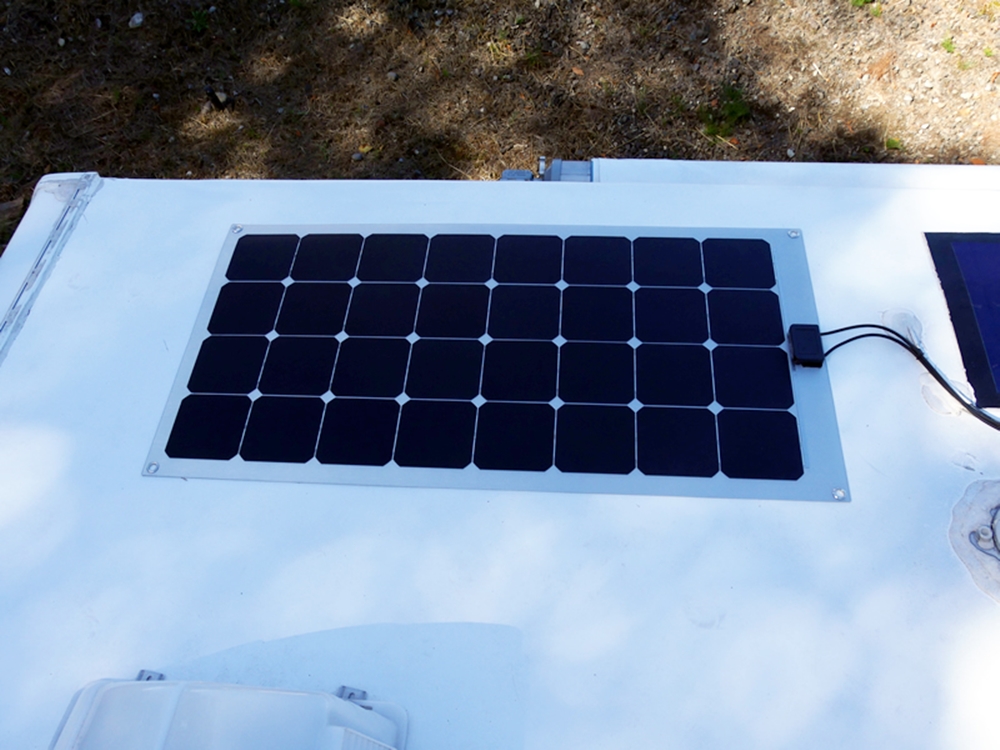
Lensun 100 Watt Flexible Solar Panel by RVWithTito.com is licensed under CC BY 2.0
There are some easy solutions to this if you have the money to spare. Our number one recommendation would be to purchase a suitcase-style solar panel package or any other kind of portable solar panel.
This is more expensive and requires some wiring, but these kits come with the panel, controller and wire. You move the panel around throughout the day to capture the sun and when you’re done you just disconnect it and fold it up.
Another recommendation would be to have a way to manually adjust the angle of your solar panel with adjustable brackets. These brackets allow your panel to tilt and capture the sun better, they’re pretty cheap and easy to install. These would help capture more sun in the winter, but won’t do much if you’ll be looking to park in the shade.
But if you find yourself in a pinch for power without access to an additional suitcase panel or adjustable brackets—or you are just looking to do something on the cheap—here are the steps to make a permanently mounted standard panel movable. It’s not ideal, but it will get your panel into the sun and keep your batteries fully charged, plus when you hit the road again you can secure your panel back to your roof and continue to capture sun while driving.
All you’ll need are two pieces of thicker wire and some wire terminal connectors.
Step 1:
Before cutting any wire on your panel you need to be sure that there is no sunlight on the panel. The easiest way to do this would be to cover the panel with a thick blanket or wait to do the project when the panel is in full shade.
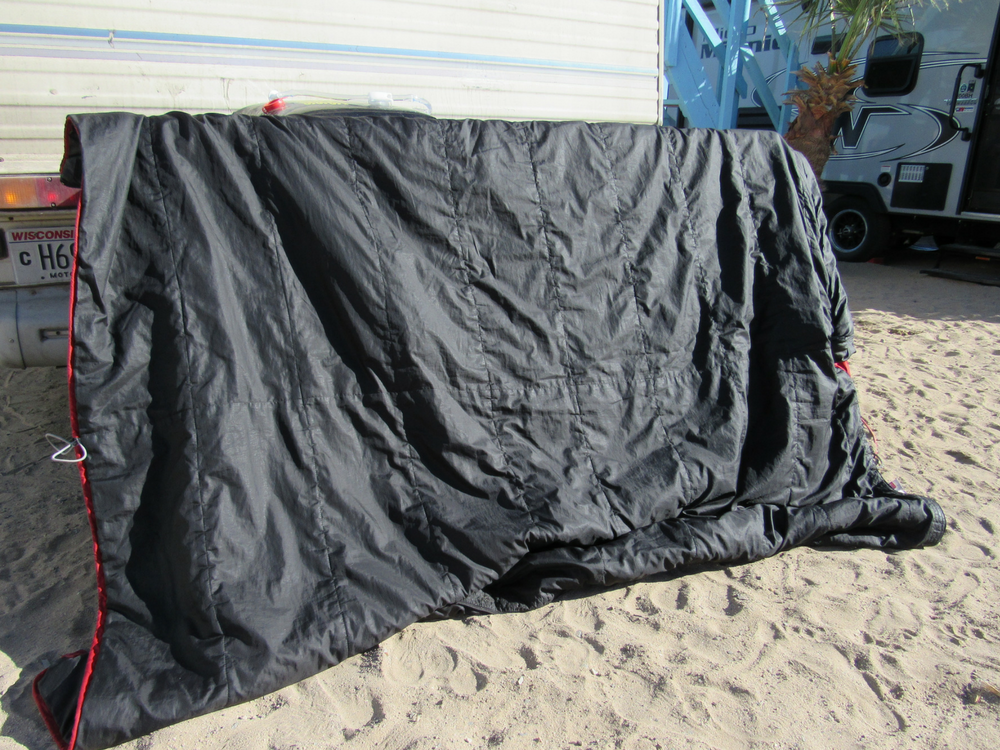
Keep track of the positive and ground wires with some tape or a marker, or buy a black and red spool or wire. Now cut the wires.
Step 2:
Remove the hardware holding your panel onto the roof. Get your partner or a nice neighbor to help with lowering the panel down to the ground, be careful not to damage your panel, especially if you only have one.
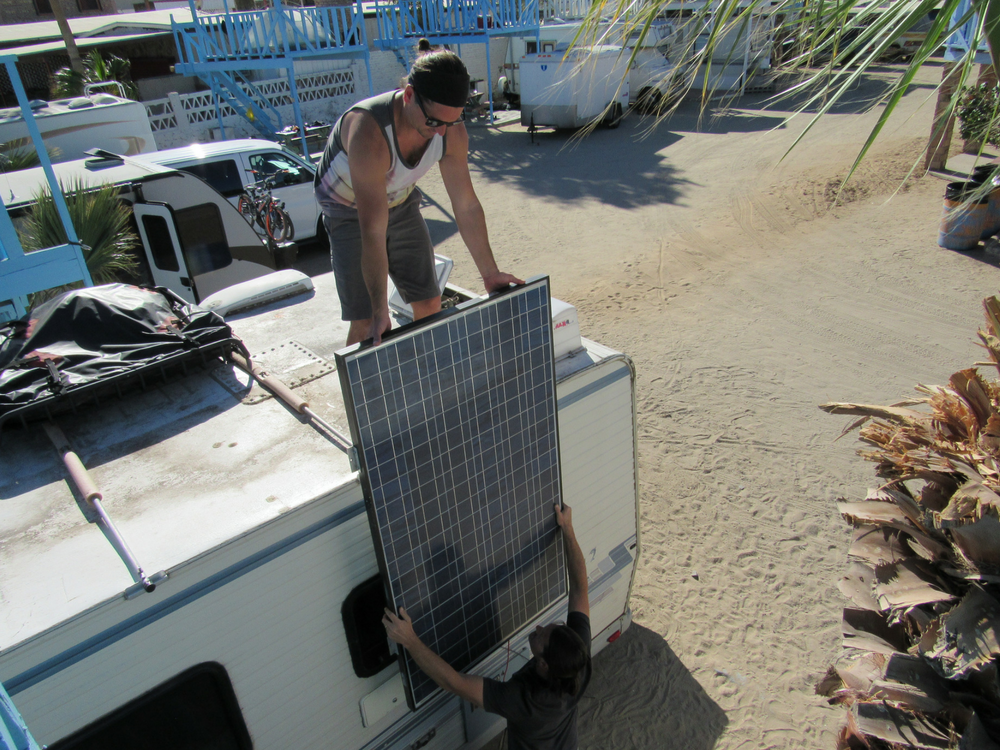
Step 3:
Before getting off the roof you need to make your new wire connections connect to the existing wire. They make specific connectors for solar panels called MC4 connectors, or you can just use regular Butt Splice connectors.
Strip the wires and install the connectors. Also, be sure to install enough wire so that your solar panel has enough length to reach the sun from all around your RV.
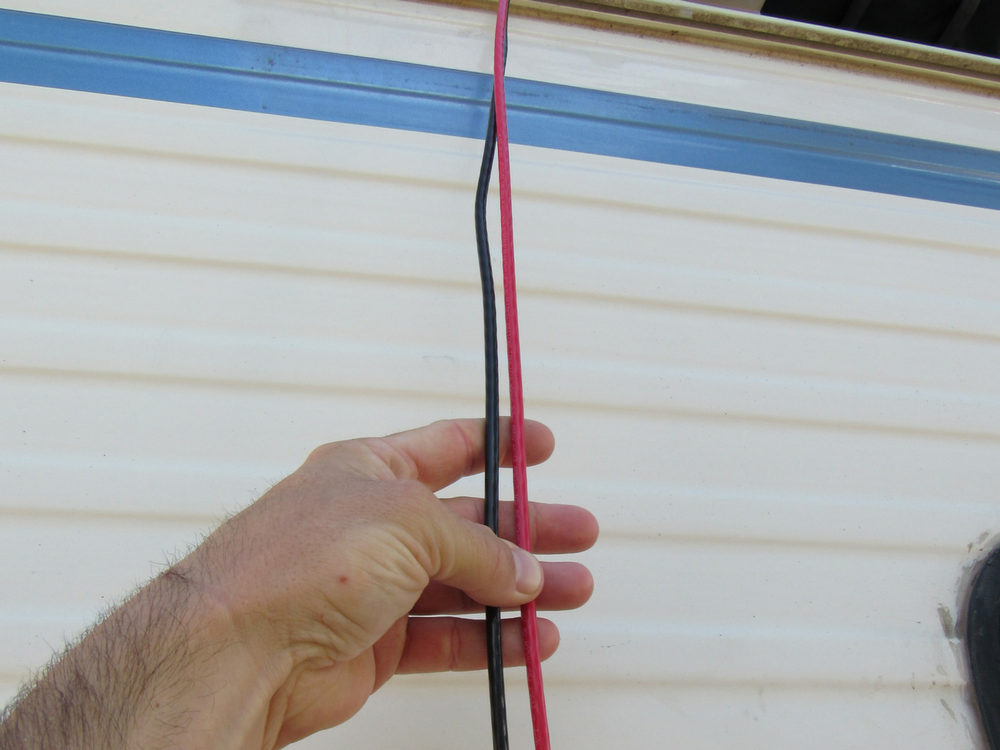
Step 4:
Once you are safely off the roof you’ll need to make the wire connections on the solar panel itself. Make sure to keep the panel out of the sunlight or covered, and make sure the right wires are being connected to the positive and ground wires. Install the connectors then wrap them with a little electrical tape for waterproofing.
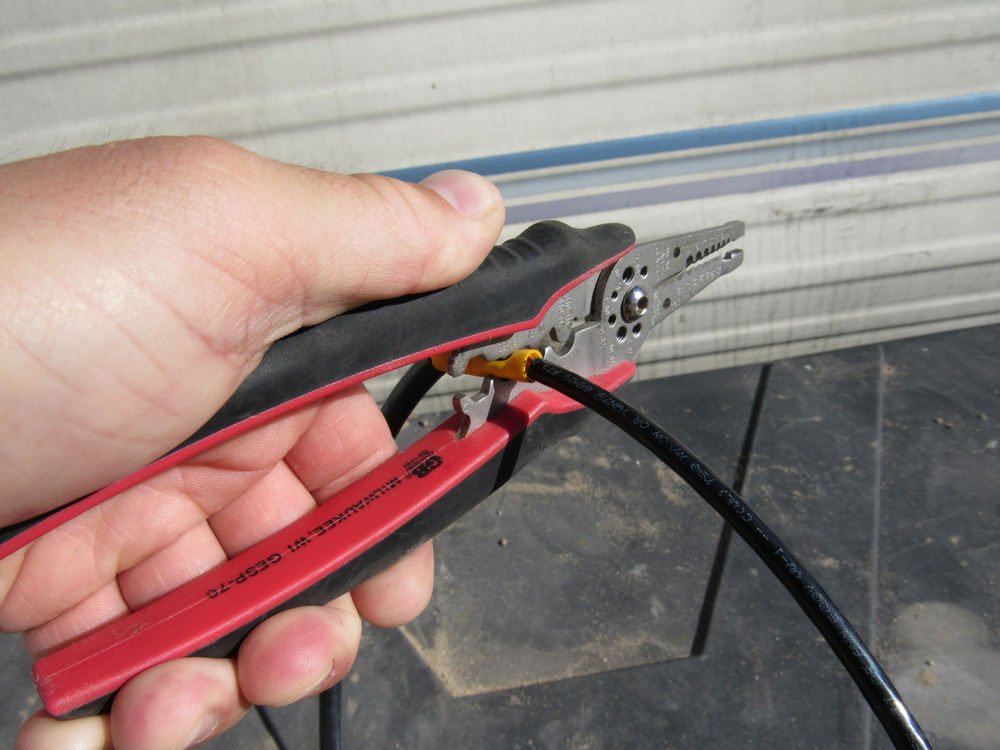
Step 5:
That’s it. Uncover the panel and put it into the sunlight and you should be up and running. The only thing now is to manually move your panel to capture the direct sunlight throughout the day.
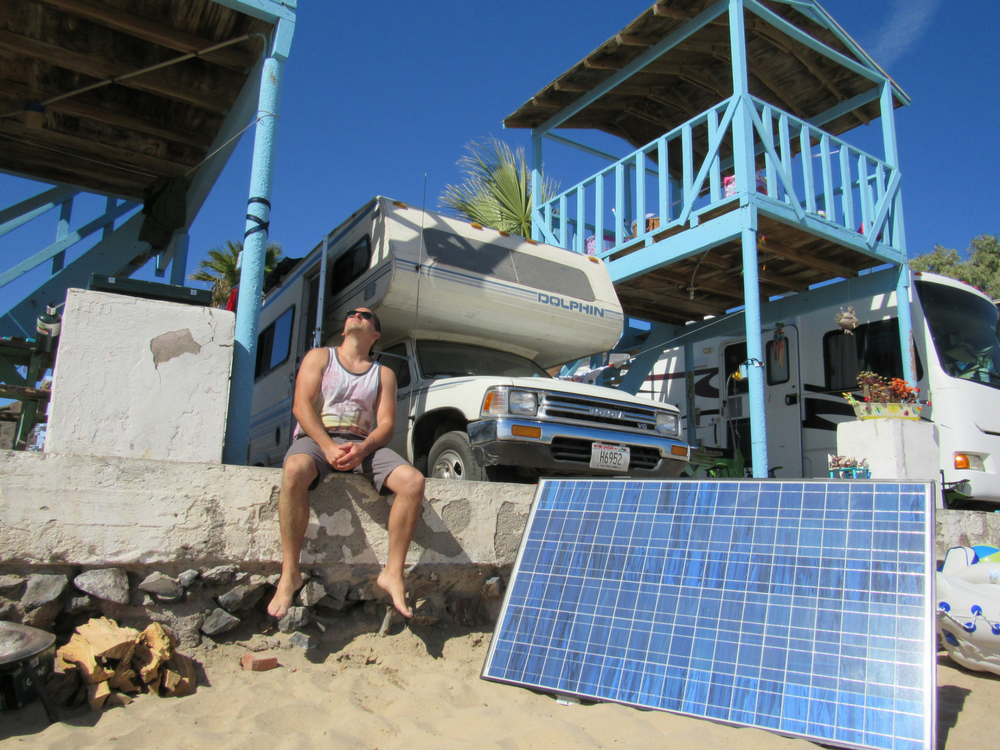
Step 6:
When you’re ready to hit the road again, get your panel secured back on your roof and neatly coil up your wires and zip tie them securely to your solar panel bracket.
This modification is not the prettiest, but it’s a great DIY solution if you find yourself in a situation where you need the lights on and the ability to charge your laptop for work and getting an order from Amazon isn’t an option.
We recently found ourselves in Baja with dwindling power due to the angle of the sun and this solution allowed us to continue our adventure south instead of running back to the states to make a more permanent solar adjustment.
I hope this can help someone else out there enjoy their winter stress-free, unplugged, and with their feet up sipping on a cold beverage. Cheers.



